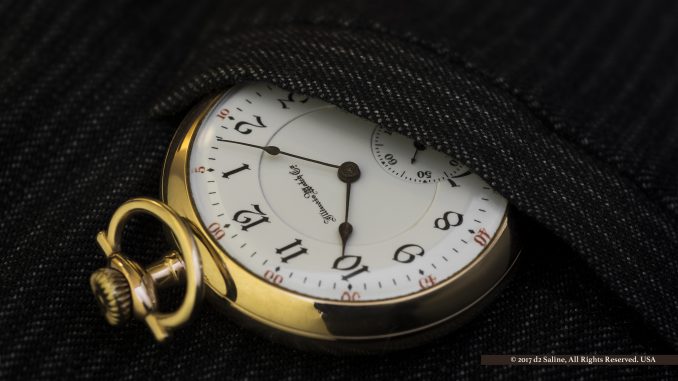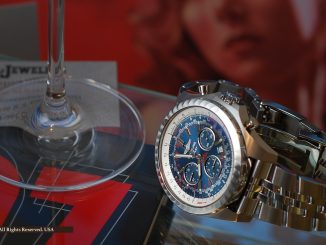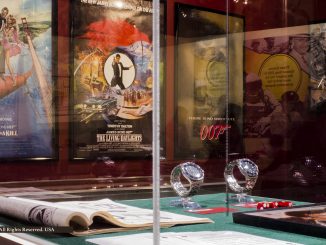
The first instant your clock struck two this morning, it wasn’t two o’clock at all. Rather, it was 1:00 am all over again, and it wouldn’t really be 2:00 am until another hour after that.
Welcome back to Eastern Standard Time here in Saline, Michigan.
For most of us, last night was the night when we recovered that hour of sleep lost back in March when “Daylight Saving Time” took control for the better part of 2017. Fascinatingly, the Astronomical Applications Department of the US Naval Observatory starts its history of this annual ritual with the initiation of standard time zones by the railroads in 1883 — thirteen years after our own Saline Railroad Depot began passenger service. [1,2]
Those time zones were formally established by Act of Congress in 1918, and that Act also set daylight saving time. The “contentious idea” of routine clock-setting forward and back was repealed just one year later. Then it was then re-established in connection with World War II, between 1942 and 1945.
But that wasn’t the end of it. Daylight time returned for good nationally with “The Uniform Time Act of 1966, subsequently tweaked by political tides in the mid-1970s, ’80s, and as recently as 2007.
Thanks to cellar networks, those of us who depend upon smartphones for wakeup alarms needn’t have bothered with re-setting the time last night; that was all done automatically for us, transparently. Pocket watches used on the railroads were supplanted by wristwatches, with wristwatches themselves more and more becoming exception rather than rule. [3]
But elsewhere in your household, place of business, and maybe even your not-so-smart car, today will be a reminder of just how many things in our lives that depend upon telling the correct time and thus those time-aware devices need to be re-set. Promptly.
If all of this gives you pause to lament the horological tasks implied by the inventory above, perhaps the following point of reference will help. In 2014, NPR did a story on this subject that included an interview with Noel Poirier, director of the National Watch and Clock Museum in Columbia Pennsylvania. Our own d2 Saline business relationship with that museum began in 1993, and Dell Deaton has worked with Mr Poirier on display, exhibit, and gallery curation there since 2008. [4,5,]
Changing all the clocks that are maintained in routine operation throughout the 18,000 square foot National Watch & Clock Museum is a weekend-long task. As Noel Poirier told NPR, “we take our Daylight Saving Time responsibility very seriously this time of year.” One of the ways they do this is to have a party that celebrates the event.
What’s your daylight saving time story? Share it on social media.
References
- “Daylight Time” US Naval Observatory (USNO).
- “Take a Ride on the Detroit, Hillsdale & Indiana Line” Bob Conradi (April 26, 2015) The Saline Post.
- “At This Museum, Falling Back An Hour Takes The Whole Weekend” Scott Simon (November 1, 2014) National Public Radio (NPR).
- National Watch & Clock Museum (home page).
- “Museum Exhibits: ‘James Bond Wore the Quartz Revolution’” National Watch & Clock Museum.



